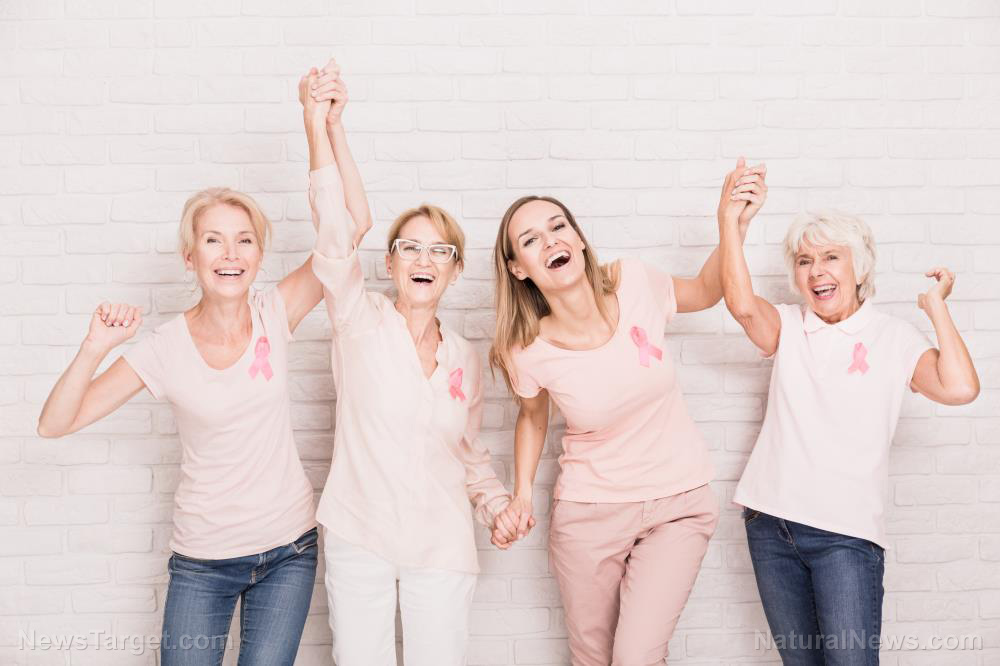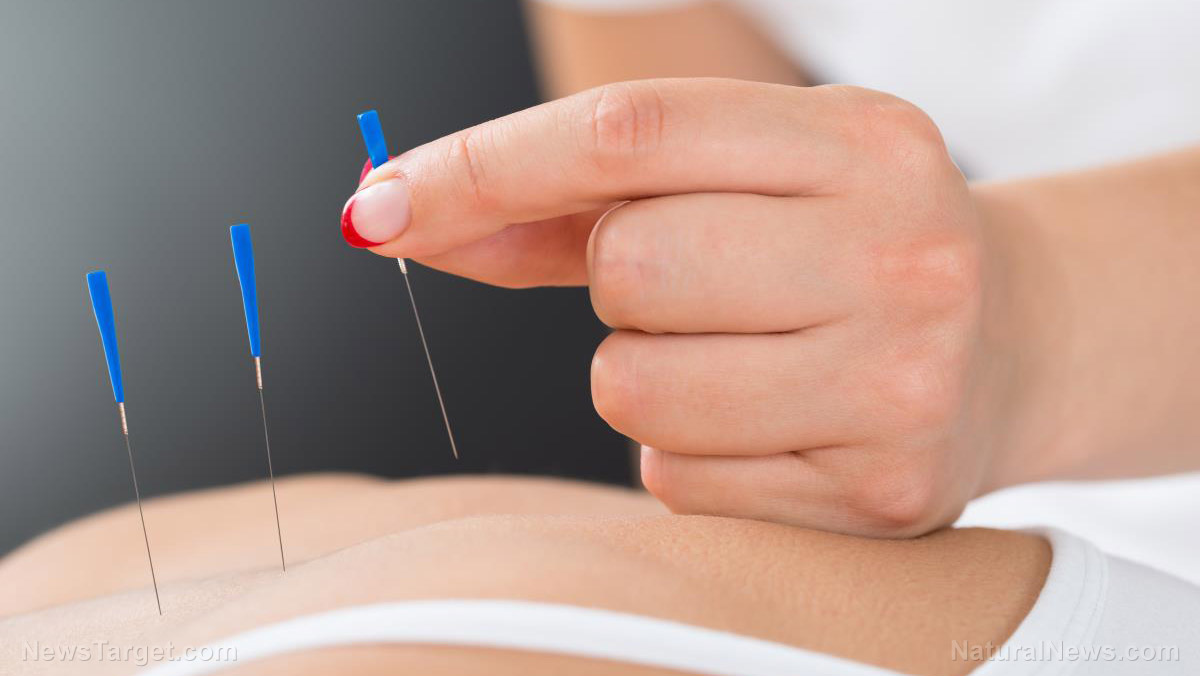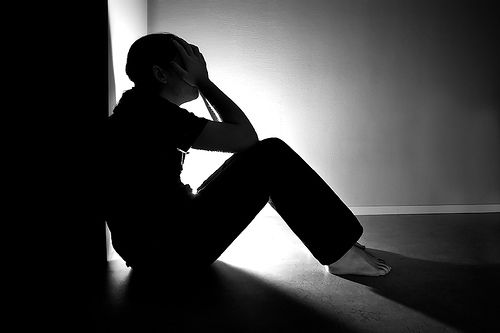Art therapy helps veterans with PTSD: An effective, non-chemical treatment
02/06/2018 / By Janine Acero

Each one of us is born with the desire and ability to express ourselves, and art is a wonderful way to achieve this. But art can be more than just a simple way to express oneself; it can help those dealing with mental anxiety like war veterans get back to the swing of things and live a normal life after combat.
Traditional therapies can be taxing to a returning war veteran with Post Traumatic Stress Disorder (PTSD), as they are asked to recall their deepest traumas, which leads to patients abandoning their sessions. Therapists use a wide variety of art-based techniques in the assessment and treatment of PTSD symptoms in these combat veterans.
PTSD is a serious condition that affects a person’s work, personal relationships, and overall quality of life. It is the signature disorder of many returning war veterans who are transitioning back to living civilian lives.
How art therapy helps
For returning veterans with social anxiety issues, art therapy provides emotional relief by encouraging expression of thoughts and feelings. Creating art has been observed to relieve depression and anxiety as well as to improve reality orientation. Other benefits of art therapy to mental health include:
- Relieving stress – Creating art helps reduce overall anxiety and mood disorders common to combat veterans with PTSD.
- Regulating moods – Making art helps reduce behaviors that interfere with emotional and cognitive functioning.
- Encouraging creative thinking – Art therapy helps patients externalize, verbalize and resolve memories of traumatic events.
- Boosting self-esteem – Art therapy reinforces positive emotions, self-worth and sense of accomplishment.
- Improving the overall quality of life – Art therapy helps enhance the quality of life by providing a meaningful creative vocation to increase self-esteem and a sense of personal self-worth.
Art therapists encourage veterans to reflect on the meaning of their artwork to assist their psychological recovery, encourage insight, and improve cognitive function.
Art therapy uses creative mediums like drawing, painting, coloring, and sculpture to help with PTSD recovery. As a form of psychotherapy, art therapy helps veterans communicate and resolve traumatic memories, relieve stress and anxiety, and reduce symptoms of trauma-related conditions. Art helps process traumatic events in a creative way as an outlet for expression when words fail. (Related: The Amazing Mental Health Benefits of Art – No Special Talent Required!)
Jackie Spinner, a former Baghdad bureau chief in Iraq, has this to say about art therapy: “Veterans with traumatic combat injuries often find healing power in art. They communicate through pencil and charcoal drawings, sculpture and painting. Their images range from calm, colorful landscapes to mangled vehicles, prisoners and carnage. It’s a therapy recognized as especially helpful to those with post-traumatic stress disorder (PTSD).”
Art has been proven to effectively help improve memory and cognitive abilities, especially in those who suffer from serious mental challenges such as dementia and Alzheimer’s disease. Creating art provides a great sense of accomplishment and enjoyment for these patients; greatly improving their self-esteem and social behavior, which are the things that war veterans need to regain in order to lead a normal civilian life.
Art therapy can be beneficial to people of all ages, including adults who are emotionally, mentally, and/or physically challenged. For more stories about people dealing with PTSD and other mental health issues, visit Psychiatry.news today.
Sources include:
Tagged Under: Anxiety, Art therapy, brain function, creating art, depression, healing, mental health, natural medicine, Naturopathy, post traumatic stress disorder, PTSD, PTSD therapy, PTSD treatment, stress, veterans, veterans health care, war veterans


















